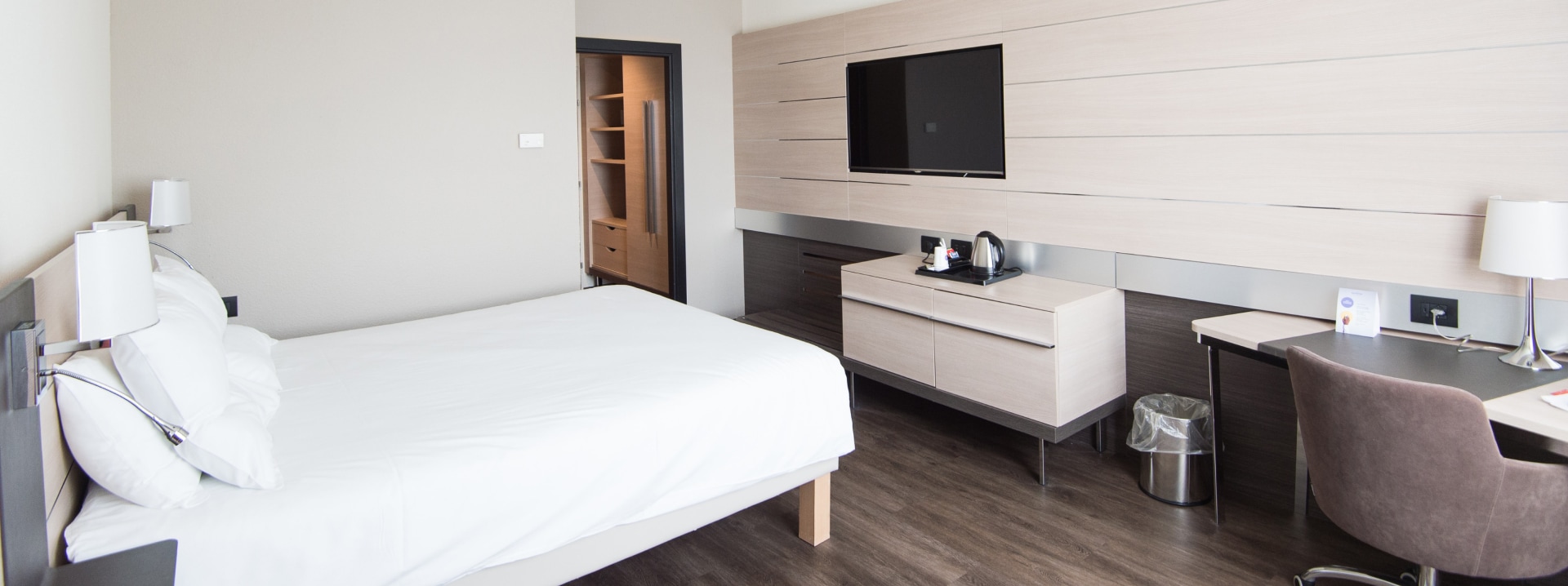
This study extends probiotic cleaning research to a built environment. Through an eight-month cleaning trial, we compared the effect of three cleaning products (disinfectant, plain soap, and a probiotic cleaner containing a patented Bacillus spore consortium), and tap water as the control, on the resident microbiome of three common hospital surfaces (linoleum, ceramic, and stainless steel). Pathogens, Escherichia coli and Staphylococcus aureus, were deposited and desiccated, and competitive exclusion was assessed for each microbiome. Cell survival was shown to be an incomplete tool for measuring microbial competitive exclusion. Biofilm competition offered a fuller understanding of competitive dynamics.
A test for culturable cell survival showed that both plain soap and probiotic cleaner regimes established a surface microbiome that outcompeted the two pathogens. A different picture emerged when observing biofilms with a deposited and desiccated GFP-labeled pathogen, Pseudomonas aeruginosa. Competitive exclusion was again demonstrated. On surfaces cleaned with disinfectant the pathogen outcompeted the microbiomes.
On surfaces cleaned with plain soap, the microbiomes outcompeted the pathogen. However, on surfaces cleaned with probiotic cleaner, despite the exponentially higher surface microbial loads, the microbiome did not completely outcompete the pathogen. Thus, the standard culturable cell test for survival on a surface confirmed the competitive advantage that is typically reported for probiotic cleaners. However, observation of competition in biofilms showed that the more diverse microbiome (according to alpha and beta indices) established on a surface cleaned with plain soap had a better competitive advantage than the monoculture established by the probiotic cleaner. Therefore, microbial diversity appears to be as critical to the competitive exclusion principle as cell numbers. The study showed that both plain soap and probiotic cleaner fostered competitive exclusion far more effectively than disinfectant. Probiotic cleaners with microbial diversity could be worth considering for hospital cleaning.